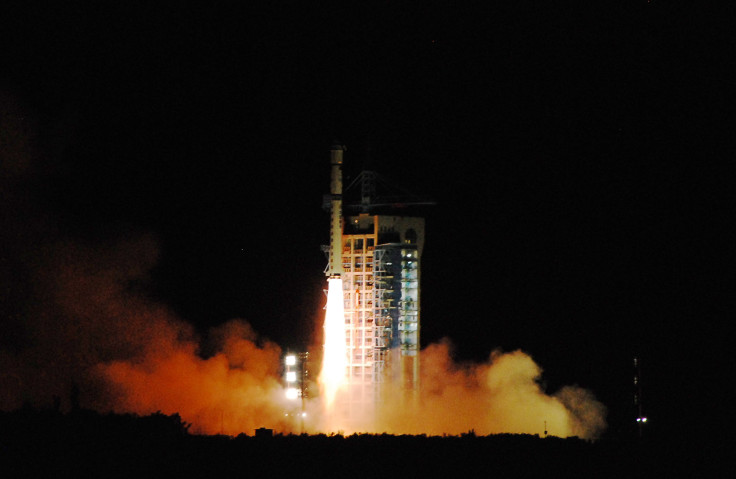Is Teleportation Possible? Quantum Satellite Does What We Never Thought It Could

We might be closer than ever to using teleportation for our daily commutes, after scientists have used a satellite to teleport information between Earth and space.
Chinese researchers achieved two separate feats, according to papers published in the database arXiv.org. The first involved transferring a particle’s properties between a ground-based observatory and a satellite in low Earth orbit, almost 900 miles apart. The second transmitted quantum encryption keys between space and the ground, representing a secure communication that can travel long distances.
Read: What Is “Tired Light” and Does It Disprove the Big Bang?
In both cases, it was the first time these functions were performed in space and thus represents a step toward quantum communications being sent across long distances above Earth, according to a report in ScienceNews.
Sending a particle’s properties to another — or a group of particles’ properties to another group — is the basis of quantum teleportation. As the scientists explain it in the first study, “quantum teleportation allows faithful transfer of unknown quantum states from one object to another over long distance, without physical travelling of the object itself.” In this case, they transferred those particle properties between photons on the ground to ones in space that were entangled, meaning they interact with one another or depend on one another.
Earlier this year, a Chinese satellite called Micius was able to keep quantum particles entangled even after beaming them to two separate cities that were many miles apart. It was the farthest scientists had ever demonstrated such a process.
“So far, free-space demonstrations have been limited to line-of-sight links across cities or between mountaintops,” their report said at the time. Complications had kept the distance to a few dozen miles, but the researchers increased that distance by more than tenfold. Part of what made it possible was a satellite’s natural ability to go beyond the limits of line of sight on Earth and the fact that a lot of the distance the transmitted information covered was through empty space, preventing interference during the journey.
That milestone paved the way for this latest experiment, in which particles on the ground and particles in space aboard Micius had to be entangled in order to enable the teleportation of their properties.
In the case of the quantum encryption keys, they beamed photons between the satellite and the Earth, with the properties of those particles being used to create a series of random numbers — a key used for encrypting and decrypting communication. Because the information is transmitted through the polarization and electromagnetic properties of the photons, it keeps the communication secure.
Read: Watch Satellites Orbit Earth Without Crashing
“Any eavesdropper on the quantum channel attempting to gain information of the key will inevitably introduce disturbance to the system, and can be detected by the communicating users,” that study explains. “Private and secure communications are fundamental human needs. … Quantum key distribution proposed in the mid-1980s — the best known example of quantum cryptographic tasks — is a radical new way to offer an information-theoretically secure solution to the key exchange problem, ensured by the laws of quantum physics.”
The ScienceNews report explained that using satellites to enable such secure quantum communication is more efficient and can cover longer distances than transmissions based on Earth because the atmosphere doesn’t get in the way, absorbing particles that are being transmitted.
© Copyright IBTimes 2024. All rights reserved.





















